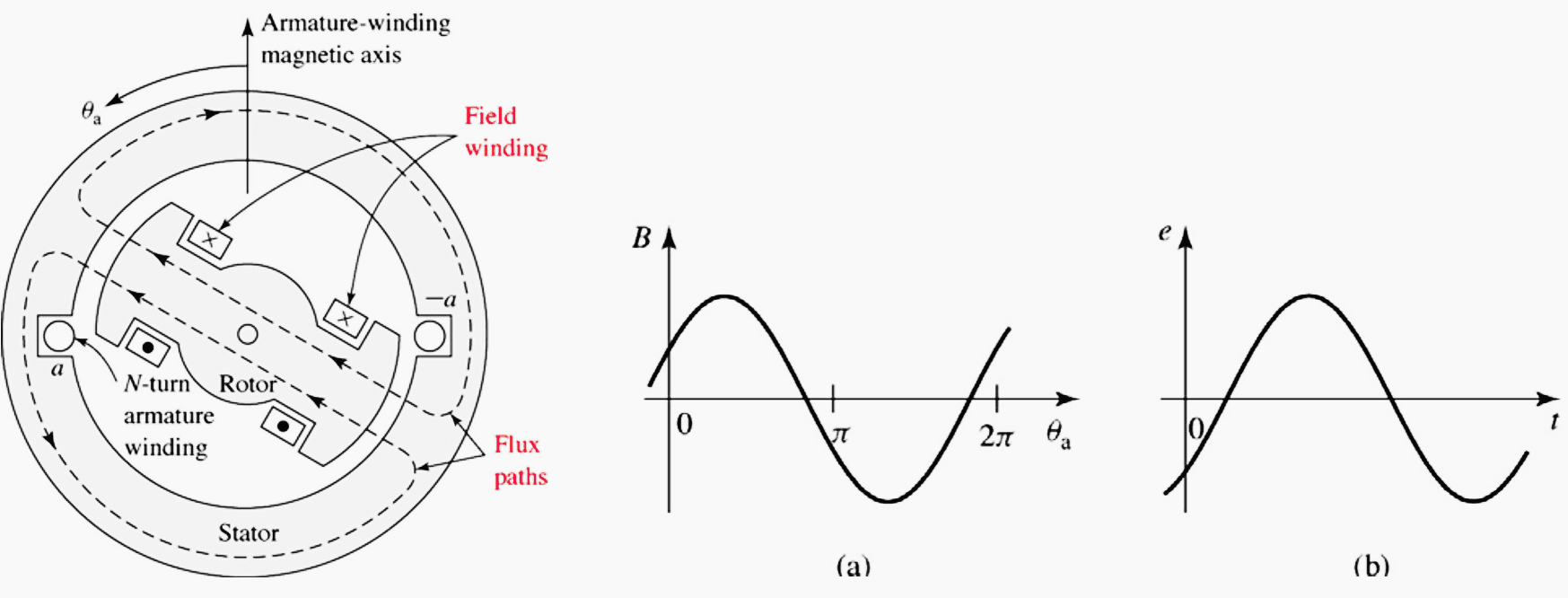Energy conversion & power electronics
Power has two distinct effects in our lives: On one hand we have to produce it, transmit it and receive it in a way that is affordable, reliable, and with minimal negative effect on the environment.

On the other hand we have to control its use, so that we can make the best out of it, i.e. use it safely and efficiently, and harness it to achieve qualities like speed, accuracy and efficiency.
Electrical Engineers should understand the path that energy takes from coal, water, or other fuel to robot, heater or computer, and be able–based on this understanding – to specify or design equipment and systems.
It focuses on the most common devices and systems that an electrical engineer will encounter: AC machines, transformers, rectifiers and inverters, as well as Electrical Drives and Uninterruptible Power Supplies. A lot is left out, e.g.:
- Commutation of DC machines,
- Dynamic models of Electrical Machines,
- Design of Electrical Machines,
- Analytical discussion of PWM inverters and matrix converters…
- Control of Electrical Drives
AC machines
Three Phase Windings
Flux linkage plays a crucial role in the operation of both DC and AC machines. In this chapter, the geometry and the operation of windings in AC machines is discussed. The flux varies in time, and can also vary in position, or be stationary.
To understand how these machines operate, the concept of space vectors (or space phasors) is introduced.

Electric machines often have defined an armature winding which is the winding that is power producing, and a field winding that generates the magnetic field. Either could be on the stator or rotor depending on the specific motor or generator.
The field winding produces the north and south poles, thus the image shown in Figure 1 is for a two-pole, single phase (one armature winding) synchronous generator.
The magnetic axis for the armature winding is perpendicular to the area defined by the armature winding (armature winding is the perimeter of this area).
| Title: | Course On AC Machines, Transformers, Rectifiers and Inverters, Electrical Drives and UPS – Dr. Tim Hogan, Fang Z. Peng |
| Format: | |
| Size: | 3.5 MB |
| Pages: | 153 |
| Download: | Right here | Video Courses | Membership | Download Updates |


